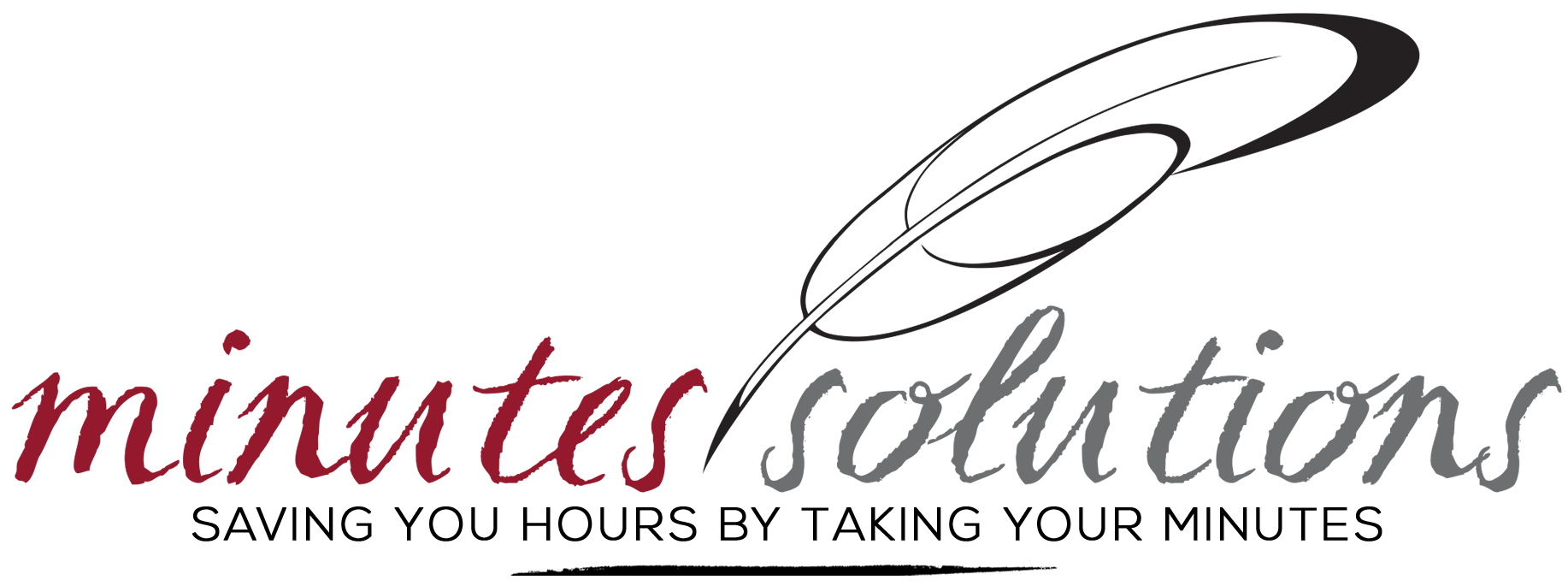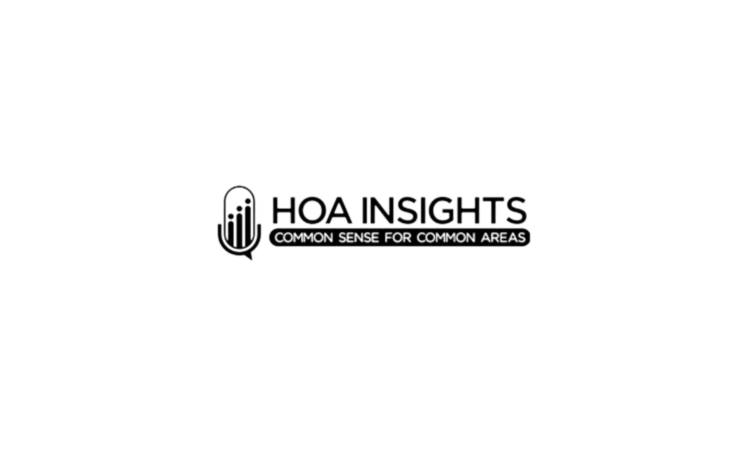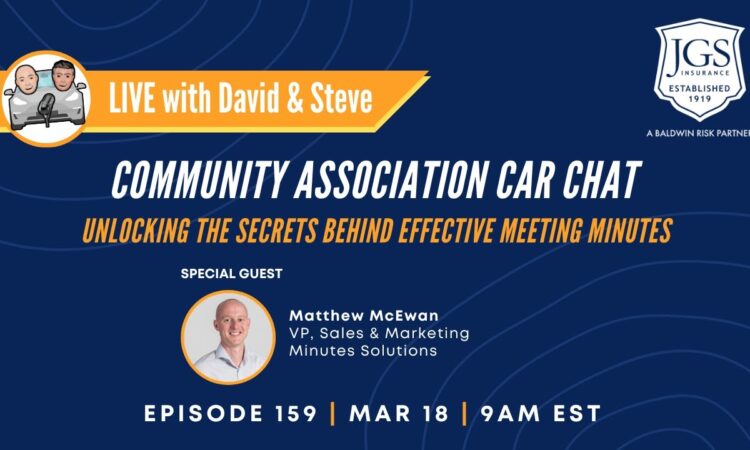Accurate and timely meeting minutes play a vital role in local government, where decisions impact entire communities. These records serve as more than a summary of discussions—they are essential to ensuring transparency, accountability, and effective governance. In this article, we’ll explore the importance of thoroughly documenting government meetings and how this practice helps maintain public trust while supporting the smooth functioning of local government operations.
1. Ensuring Legal Compliance
Meeting minutes serve as the official record of governmental actions and decisions. This documentation is not merely a formality; it is a legal requirement. Many jurisdictions have open meeting laws, often referred to as Sunshine Laws, which mandate transparency in government operations. Accurate and timely minutes ensure that these laws are adhered to, safeguarding the government from legal challenges and ensuring that decisions are recorded and implemented according to the rule of law.
2. Promoting Transparency and Accountability
In a democratic society, transparency is the cornerstone of public trust. Citizens have the right to know how decisions that affect their lives are made. By providing a clear and accessible record of government proceedings, meeting minutes promote transparency, allowing the public to understand the rationale behind decisions. This, in turn, holds government officials accountable, as their actions and decisions are on public record.
3. Providing a Reference for Future Decisions
Governance is an ongoing process where past decisions often influence future actions. Accurate meeting minutes provide a reliable reference for future decision-making. They offer context and continuity, ensuring that officials can review and understand the considerations that led to previous decisions. This continuity is vital for consistent and informed policy-making.
4. Facilitating Dispute Resolution
In any government setting, disputes and challenges are inevitable. Whether it’s a legal challenge to a decision or a disagreement among officials, accurate meeting minutes can serve as critical evidence. They provide a factual record of what was discussed, decided, and approved, helping to resolve disputes efficiently and fairly.
5. Encouraging Public Engagement
Active citizen participation is essential for the health of any democracy. Up-to-date meeting minutes enable citizens to stay informed about local government activities, fostering a more engaged and informed public. When citizens can easily access and review the minutes, they are more likely to participate in governance, attend meetings, and contribute to the decision-making process.
6. Preserving Historical Records
Meeting minutes are a vital part of a local government’s historical record. They document the evolution of policies, the response to community needs, and the changes in governance over time. This historical record is invaluable not only for current decision-makers but also for future generations, providing insights into the development and growth of the community.
7. Enhancing Government Efficiency
Efficiency in government operations is greatly enhanced when meeting minutes are promptly recorded and easily accessible. Clear and accurate minutes ensure that everyone involved in governance has a shared understanding of previous decisions and ongoing discussions. This prevents misunderstandings, reduces the need for repeated discussions, and streamlines the decision-making process.
8. Supporting Cross-Departmental Awareness
Decisions made by one committee or department often impact others in government. Well-documented meeting minutes keep staff informed about developments in areas that affect their work, ensuring they have the context needed to understand how changes might influence their responsibilities. This fosters better coordination, reduces conflicts, and promotes more efficient operations across departments, leading to improved outcomes for the community.
9. Meeting Compliance with Funding and Grant Requirements
Local governments often rely on grants and external funding from other levels of government to support various initiatives. Many of these funding sources require detailed documentation of government actions and decisions. Accurate meeting minutes are crucial in meeting these requirements, ensuring that the government can secure and maintain the necessary funding.
10. Protecting Against Liability
Finally, accurate and well-maintained meeting minutes can protect local governments and their officials from liability. By clearly documenting the decision-making process, meeting minutes provide evidence that actions were taken in accordance with the law and based on due diligence. This can be crucial in defending against legal claims or allegations of misconduct.
Conclusion
In conclusion, prompt, accurate, and up-to-date meeting minutes are essential for the effective and transparent functioning of local governments. They ensure legal compliance, promote transparency, support decision-making, and protect against liability. For town and city clerks, as well as their support staff, maintaining high standards in minute-taking is not just a procedural task—it is a vital responsibility that underpins the trust and effectiveness of local governance. By prioritizing meticulous documentation, local governments can better serve their communities and uphold the principles of good governance.










